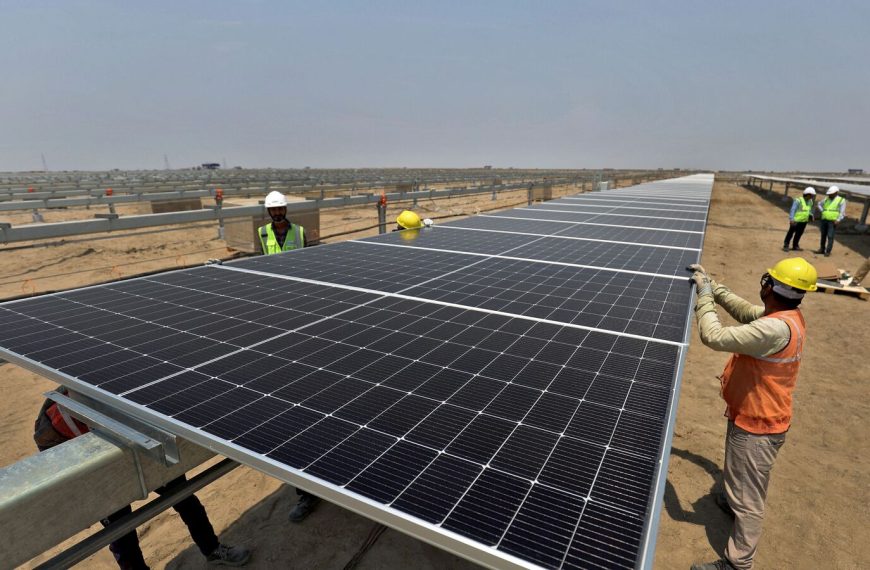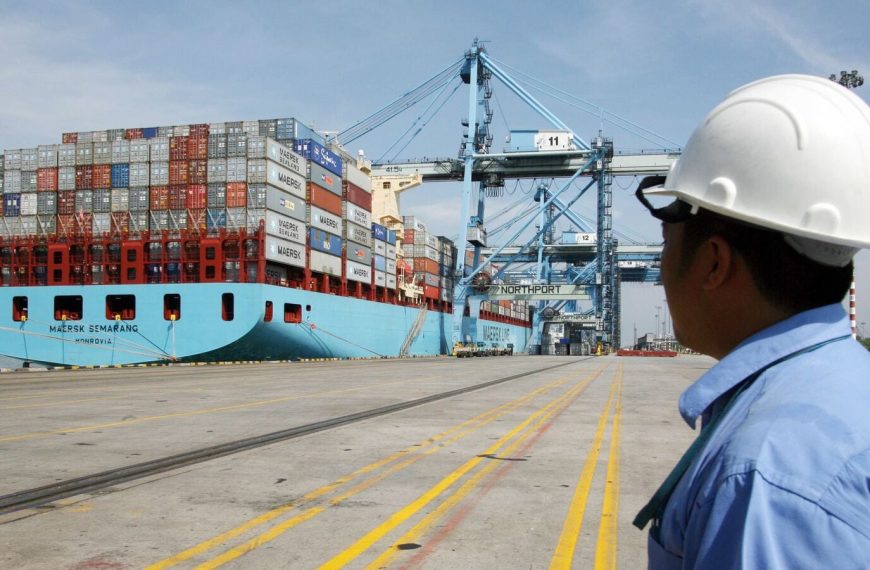In the world of economics, anticipation is building as we approach the pivotal April 17 meeting. Recent reports suggest that the core inflation measure, which excludes volatile components like energy prices, is projected to experience a slight dip to 2.5%. This figure surpasses the European Central Bank’s (ECB) target by a significant margin, making the upcoming consumer-price report one of the most scrutinized data releases in months.
ECB’s Upcoming Decisions
With just weeks left until the ECB’s crucial meeting, uncertainty looms over whether officials will opt to lower borrowing costs again or maintain the current policy. Luis de Guindos, the ECB’s Vice President, emphasized the need for caution. “It’s premature to decide on a rate cut or a pause in easing,” he stated. The upcoming data release could sway opinions dramatically, as Jamie Rush, chief European economist, pointed out: “A surprise in either direction could impact the ECB’s next rate decision.”
Inflation Trends Across Europe
While some ECB members advocate for a rate cut, others are concerned about persistent inflation rates that exceed the 2% target. Notably, recent consumer data from various countries presents a mixed picture:
- France and Spain reported slower inflation rates than analysts had predicted.
- Belgium’s inflation dropped to 3.6%, down from 4.4% in February.
- In Germany, the largest economy in the region, a modest increase to 2.4% from 2.6% is anticipated, while Italy may see a slight uptick to 1.8%.
Data from Germany is expected to be released on Monday, providing further insights.
Caution Amid Optimism
Joachim Nagel, President of the Bundesbank and a prominent hawk within the Governing Council, shared his cautious optimism: “The latest inflation figures from individual countries are encouraging. However, it’s essential to avoid becoming overly optimistic when the goal is in sight.” This sentiment reflects the delicate balance policymakers must strike between promoting growth and controlling inflation.
In contrast, Piero Cipollone, a member of the ECB’s Executive Board, believes that conditions are ripe for a potential rate cut. He remarked, “We may reach our inflation targets sooner than our latest projections suggest. If the data aligns with our expectations, there is potential for further relaxation of our monetary policy.”
Conclusion
As the economic landscape shifts, all eyes will be on the ECB’s decision-making process. The interplay between inflation data and policy responses will be crucial in shaping Europe’s economic future. With stakeholders eagerly awaiting the upcoming reports, the discussion around monetary policy is sure to intensify in the next few weeks.











